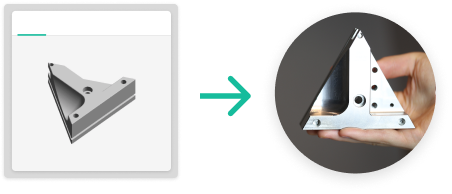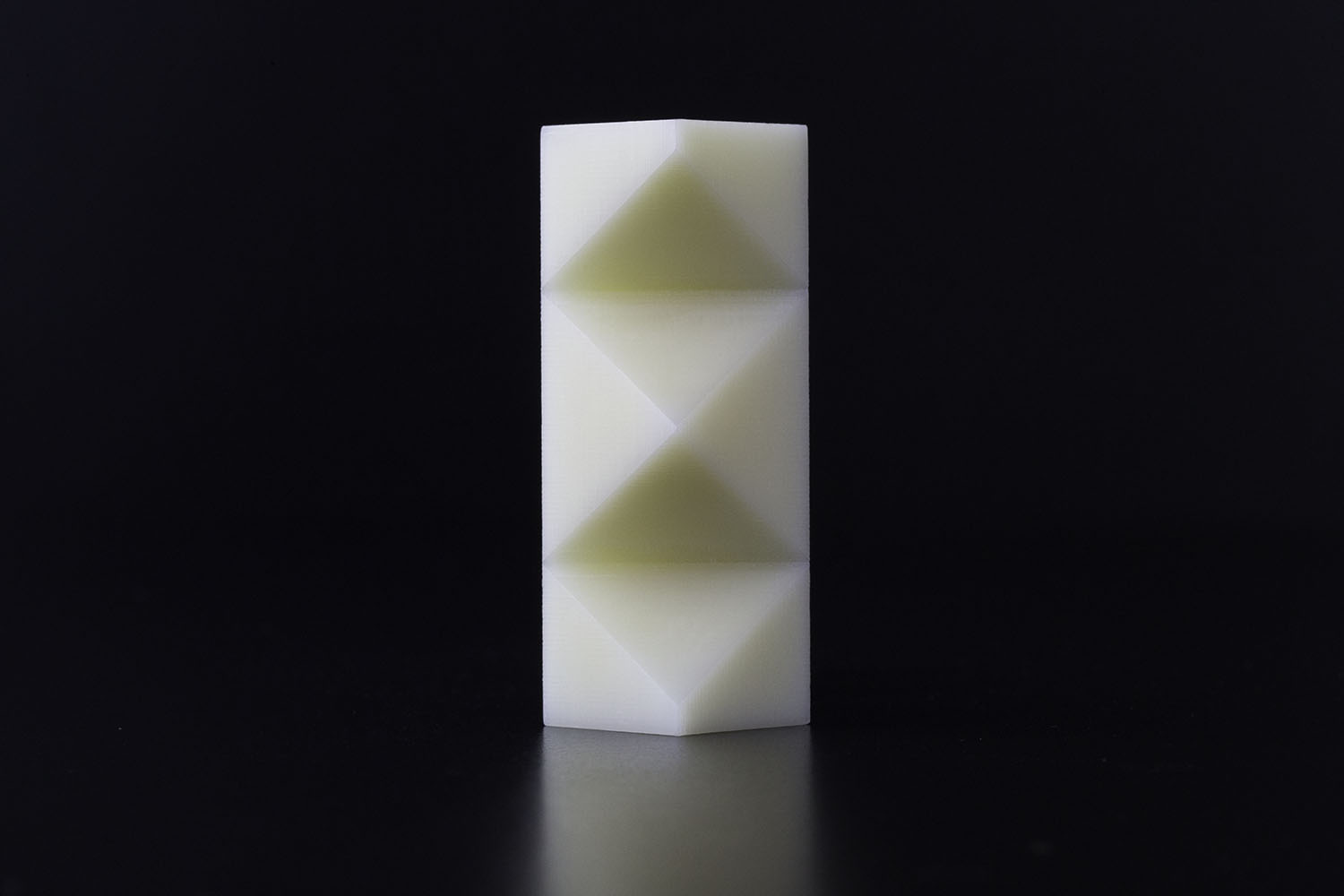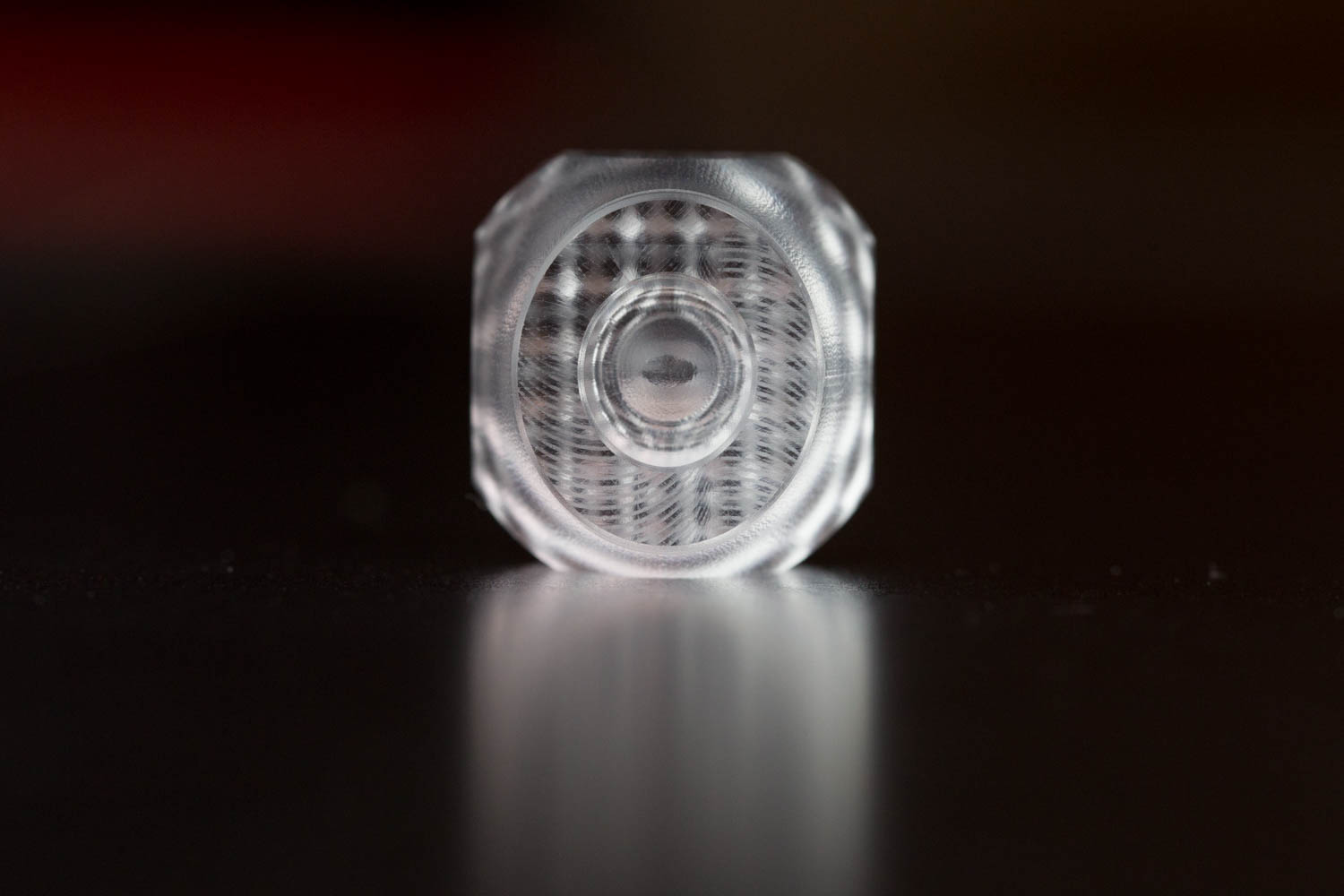What is CNC Machining?
CNC stands for computer numerical control. So, CNC machining is any kind of machining process controlled by a computer. Computerized automation allows parts to be made more quickly, accurately, precisely, and with more complex geometries than those produced via manual machining. CNC also reduces manual machining labor that would otherwise be done by humans. While they aren’t machining each part themselves, people are essential for programming and operating the machines, ensuring that every operation goes smoothly.
About the CNC Machining Process
CNC, or computer numerical control machining, is a subtractive manufacturing method that leverages a combination of computerized controls and machine tools to remove layers from a solid block of material. The desired cuts in the metal are programmed according to corresponding tools and machinery, which perform the machining task in an automated fashion.
Types of CNC Machining
Depending on the type of part that needs to be machined, there are different types of CNC machines best fit for the job. CNC milling utilizes CNC mills, which consist of a multi-axis system (three, four, or five axes, depending on the part complexity). CNC turning involves Lathe machines, which generally have 2 axes and cut pieces using a circular motion. Electric discharge machines (EDM) utilize electrical sparks into order to mold work pieces into the desired shape. Hobbing is another type of machining process used for cutting gears, splines, and sprockets. Additional CNC machine types include plasma cutters and water jet cutters.
How Does CNC Machining Work?
The programs used for CNC machining these days are written with G-code, and are usually automatically created by CAM software. CAM, or computer aided manufacturing software, generates the G-code for a 3D model with given tools and workpiece material. This G-code controls the CNC machines, i.e., the motion of the tool, the workpiece, and any tool changes. It even has commands to turn on or off the coolant and other auxiliary components.
CNC machining can be used for a wide variety of materials, with the most common being aluminum, steel, brass, ABS, Delrin, and nylon. But really, almost any hard material can be CNC machined. We’ll discuss materials more in depth later on.
CNC vs 3D Printing
Compared with parts manufacturing through additive methods, CNC machined parts are functionally stronger and typically have superior production quality and finish. Thus, CNC machining is typically used in the mid to late stages of development when parts are ready to be tested for functional accuracy.
CNC Design Considerations
While most of the details, such as tooling, spindle speed, cutter type, and depth of cut, and taken care of at the machine shop, there are some key things you can do while designing your parts to not only make sure they can be made, but also ensure you develop a lean product that doesn't break the bank.










































